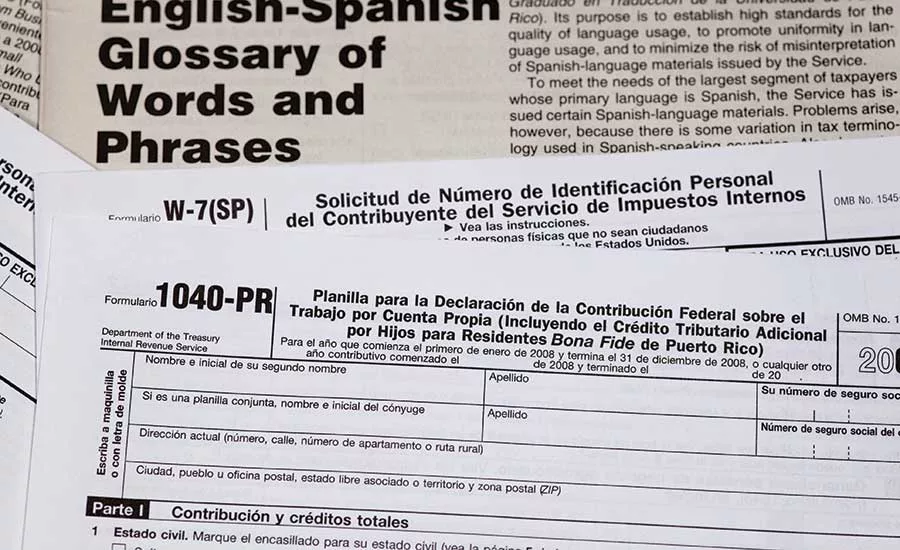Are You Realistic When Dealing with an Immigrant Workforce?
Regardless of who you hire, know their potential. Education levels and abilities aren’t all the same.


The roofing industry has always recruited hard workers and taught them a craft. In the 50’s, 60’s and 70’s, many a farm kid left home to make more money as a construction craftsman. My dad was one of those people, leaving the farm and working as a carpenter to support his family. The construction industry has traditionally relied heavily on immigration. Chinese and Irish immigrants helped build the intercontinental railroad. Urban Wire reported in a Nov. 16, 2016 article that there were 2.2 million immigrant construction workers in the United States in 2015, representing about one-quarter of the construction workforce.
The roofing industry certainly has its share of immigrant workers, particularly Latino. I in no way claim to be an expert with Latinos or any other ethnicity of immigrant workers. However, I do see roofing contractors make mistakes and be unrealistic regarding the employment of non-English speaking employees.
Regardless of who you hire, know their potential. Education levels and abilities aren’t all the same. We recommend having an application in Spanish and English and have the applicant fill it out in front of you. You may also want to create a craft industry experience test you give all applicants regardless of their background. It can be very simple. How many square-feet of shingles in a square? How many 3-foot pieces can you cut out of an 8-foot two-by-four? Make it multiple choice. I once had a roofing contractor who complained he couldn’t get any of his employees to step up to foreman. All spoke English as a first language. When presented with such simple multiple-choice questions, the highest score for an employee was 60. If you want to develop people into foreman, you must hire people who are capable of learning what’s required. Whatever test you create, check your state’s legal requirements, make sure it doesn’t discriminate, and offer it to everyone.
Safety training is a must and should be provided in Spanish as well as English. Consider one-on-one safety coaching in their native language. An OSHA article in 2014 reported that 18 percent of all fall fatalities involved Latino workers. While overall workplace deaths continue to decline, Latino deaths are on the increase. One could argue that more Latinos are doing dangerous jobs, others argue the lack of training, while some believe it’s cultural. I say it doesn’t matter — safety must always be addressed. Also, using Latino subs doesn’t relieve you of workplace liability. In fact, lack of control may increase your liability.
Is it cultural? I don’t know but the facts are the facts. One of our roofing customers had a tragic death in the workplace. He operated a safe company and the individual didn’t follow safety protocol. The roofing contractor started a no-tolerance companywide safety policy, and a subcontractor left due to the strict safety enforcement. A few months later, that individual fell, nearly died and is permanently disabled from a non-tied off fall. That second accident would have put the roofer out of business. As an employer, it’s your responsibility to make sure your employees go home every night.
If your long-term plan is to continue to employ Latino workers, your organization needs to adapt. In no other aspect of your business would you consider it reasonable to work with people you cannot directly communicate with. Yes, I know in many cases you have a foreman or family member communicate with the crew. But would you hire a Latino lawyer or accountant you couldn’t converse with and communicate through a third party? I don’t think so.
As a bystander, I had a laugh a few years ago as an English-speaking supervisor was reprimanding an employee through the employee’s English-speaking friend. I don’t remember a lot about my high school Spanish but I do know “loco” means crazy and “perro” is dog. I’m sure the angry supervisor would not have liked being called a crazy dog.
Change your culture. Don’t take the easy way out by merely having one or two Latinos bring their friends. Instead, create an environment where you’re seen as a good place to work. Make sure some managers and or office people are bilingual. Respect and learn about the Latino culture. I’m no expert but some things can be gleaned by reading and taking courses. Remember, Latinos are very family oriented, so make sure you respect and understand that. Some Latinos were sent here by their family and are here for the sole purpose of sending money home. Others have families here and want to be productive American citizens. The two groups have very different needs and motivation. Understand that pride and culture may get in the way of asking questions and speaking up. Looking incompetent may be a concern and asking questions of superiors was taught as disrespectful.
Most importantly, treat your immigrant workforce with respect. I spoke to one of my customers that has a predominantly Latino workforce. He said they have several bilingual managers and office staff. They offer free after-work English classes on a voluntary basis. All safety meetings are in Spanish, as are all in-house foreman meetings. Since converting to Spanish meetings, they now ask for input and receive helpful feedback. Just because people can’t speak your language doesn’t mean they’re stupid. Just like you, Latinos appreciate a culture of respect that treats them fairly.
As a leader, think long-term and prepare your company for the future.
Looking for a reprint of this article?
From high-res PDFs to custom plaques, order your copy today!








